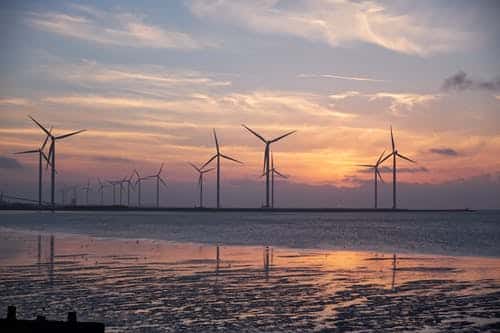Democratic Governor Janet Mills signed an executive order on Feb. 14 ending a moratorium on wind turbine permits, authorizing state agencies to resume determining whether proposed projects qualify for approval. The move comes at a time when Northeastern states are planning large amounts of wind power to meet clean energy goals. Maine has a target of installing 8 gigawatts of wind capacity by 2030, including 5 gigawatts from plants located offshore.
Last January, former Republican Governor Paul LePage imposed a controversial moratorium on new wind turbines out of concern for the state’s $6-billion tourism industry and called for a new advisory commission to study the economic impact of wind development and recommend rule changes. The commission was dismantled under the new executive order.
The Democratic takeover of the governorship and the statehouse during last year’s Midterm elections means that Maine’s current renewable policies, namely its RPS target, is poised to strengthen. During the campaign, Janet Mills called for the state to move to 100 percent clean energy by 2050 while also signaling support for the development of Maine’s still nascent offshore wind industry. Maine’s energy policy under Mills is shaping up to be an abrupt shift from the previous administration of Paul LePage who, on top of the moratorium also slashed compensation for rooftop solar panels and vetoed legislation that would have boosted payout rates for residential solar power.
Maine’s current program calls for the state to get 40 percent of its electricity from renewable energy by 2017 and 10 percent from Class I renewables by 2022, in an extension of the previous 2017 deadline. According to the latest official progress report, the state has met its Class I and II requirements for 2015 and was on track to do the same in 2016.






